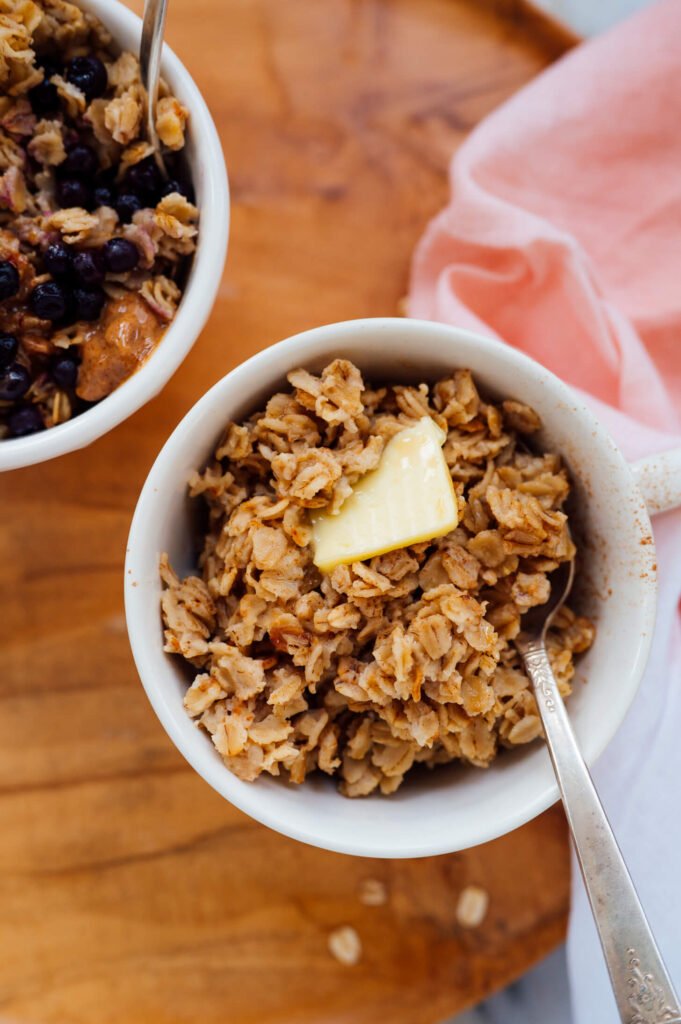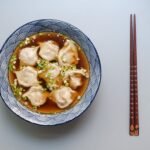What Is a High-Protein Diet?
 |
| What Is a High–Protein Diet? |
If you’re looking to get in shape, make sure you don’t forget about your diet as part of your journey! A high–protein diet can help you feel fuller for longer and supply your body with essential macronutrients to support muscle growth.
So, what is a high-protein diet? It’s a type of diet that focuses on increasing the amount of protein in the food that you eat. It typically involves eating more lean meats, fish, eggs, legumes, nuts, seeds and dairy products. Incorporating more plant-based sources such as quinoa, edamame and tempeh can also increase protein intake while adding more variety into your meals.
It is important to also get enough carbohydrates and healthy fats as a part of a balanced diet. This can include starchy vegetables like potatoes and squash or healthier oils like olive oil. By including a combination of these foods into your meals and snacks, you can create a nutritious high-protein diet that’s delicious and easy to maintain at home!
Benefits of a High-Protein Diet
 |
| Benefits of a High-Protein Diet |
Eating a high-protein diet can have numerous health benefits, including promoting weight loss and helping to build muscle mass. A high–protein diet is generally lower in carbohydrates, which can help reduce hunger and cravings, as well as regulate blood sugar levels. Additionally, high–protein foods provide essential minerals and vitamins needed for healthy cell growth and synthesis.
One of the best benefits of a high-protein diet is that it helps increase satiety after eating. Eating protein-rich foods requires more energy to digest, which means that you feel fuller longer between meals. This helps prevent overeating or snacking on unhealthy snacks throughout the day. Plus, eating proteins can help balance hormones like leptin and ghrelin, both of which affect hunger and fullness levels.
Making sure that you get enough protein each day is important for achieving a healthy lifestyle. With the right combination of dishes, you can create an easy high–protein home cooked meal plan that will give you all of these essential benefits.
Steps for Creating a Healthy, High-Protein Diet at Home
 |
| Steps for Creating a Healthy, High–Protein Diet at Home |
Creating a healthy, high–protein diet at home doesn’t have to be hard. In fact, you can do it in just 7 simple steps.
Step 1: Make a Shopping List
The first step is to make a shopping list of all the items you’ll need for your high–protein diet. This includes lean proteins like chicken, fish, and eggs as well as vegetables, fruits, nuts, and whole grains. Be sure to check the labels of any packaged foods you’re buying for added sugar or other unhealthy ingredients.
Step 2: Stock Up on Protein Sources
Once you’ve made your shopping list, it’s time to stock up on protein sources for your meals and snacks. Make sure to get plenty of healthy proteins such as lean chicken breast, fish filets, low-fat yogurt or cottage cheese, eggs, and other dairy products like ricotta cheese or mozzarella. You may also want to include some canned tuna or salmon in your shopping list for an easy protein source that’s great for salads or sandwiches.
Step 3: Choose Healthy Carbohydrates
When choosing carbohydrates for your meals and snacks make sure to go for whole-grain options such as oatmeal, quinoa, amaranth, brown rice, and millet. These are all nutrient-packed sources of carbohydrates that will help keep you feeling full longer while providing essential vitamins and minerals.
Step 4: Get the Right Vitamins & Minerals
Don’t forget to stock up on vitamins and minerals when creating a healthy high–protein diet at home. Choose fresh produce like kale, broccoli, spinach and bell peppers as well as fruits such as apples and oranges
Food Sources for a High-Protein Diet
 |
| Food Sources for a High–Protein Diet |
When creating a high–protein diet, it’s important to know what foods you need to include in your meal plan. The great news is that there are loads of healthy, protein-rich options to choose from. Here are some of the best foods to add to your high–protein diet:
High-Protein Meats
You can choose from a wide variety of meats when looking for sources of protein. Lean options like chicken, pork tenderloin and turkey are all packed with protein and will taste great when cooked. If you want to take it up a notch, opt for grass-fed, organic cuts of beef or lamb for their higher levels of omega-3 fatty acids.
Nuts & Seeds
Another great way to boost your protein intake is by adding nuts and seeds into your diet. Nut butter, almonds, walnuts and pistachios are all excellent choices as they’re high in healthy fats and plant-based proteins. As for seeds, heaping tablespoons of chia, flax or hemp can be added to smoothies and other dishes for extra plant-based proteins.
Legumes & Beans
Legumes like lentils and chickpeas are also excellent sources of proteins that should be included in your high–protein meal plans. Black beans, kidney beans and navy beans provide an array of vitamins and minerals too—not just proteins—so don’t forget about them! Plus they’re incredibly versatile which makes them easy to work into meals throughout the day.
Mixing up these types of food sources gives you plenty of options for creating a high–protein diet at home that is nutritious and delicious
Utilizing Leftovers for Easy Meal Prep
 |
| Utilizing Leftovers for Easy Meal Prep |
Another way to create a healthy, high–protein diet at home is to make use of leftovers. Meal prepping is key for making sure you have enough nutritious and delicious food on hand, but leftovers can be an easy and cost-effective way to get your daily protein intake.
If you are cooking up a delicious stir-fry, for instance, why not throw in some extra veggies and meat while you’re at it so that you have enough food to last a few meals? Until you’re ready to eat, you can keep them in the refrigerator or freezer.
You can also transform yesterday’s leftovers into something totally new and exciting. Just think outside the box—leftover rotisserie chicken can be used for tacos, and roasted vegetables work great in frittatas or omelets.
Making use of leftovers not only helps reduce food waste but also makes your meal prep process much easier! So don’t be afraid to get creative with your leftover ingredients and make the most out of them.
Signs That You’re Getting Enough Protein in Your Diet
Protein is an essential part of a healthy diet, and you want to make sure you’re getting enough of it. But there are a few signs that you’re getting enough protein in your diet.
For starters, if you’re feeling full after meals and snacks, this is a good indication that your diet has enough protein. Protein helps keep you fuller for longer, so if you’re not hungry after a meal or snack, then it may be because of the amount of quality protein-rich foods that you’ve had.
On the other hand, if you’re feeling constantly hungry throughout the day and find yourself snacking often to counter hunger pangs, then chances are that your meals don’t have enough protein in them.
Your energy levels also give away whether you’re Eating enough protein or not. A diet high in quality proteins will keep your energy levels up throughout the day as opposed to one that’s lacking in proteins which will result in having low energy levels throughout the day.
Finally, if your body composition is changing for the better– i.e., lower body fat percentage– then it’s likely because you are getting sufficient amounts of protein in your diet to help with muscle growth and development while helping reduce body fat levels.
Share this content:

